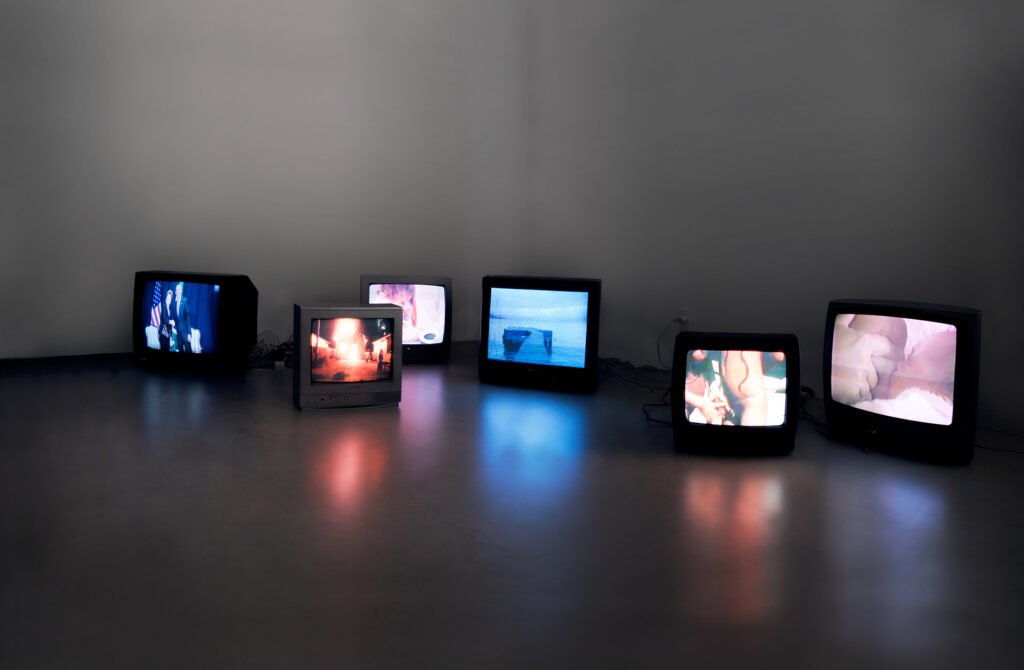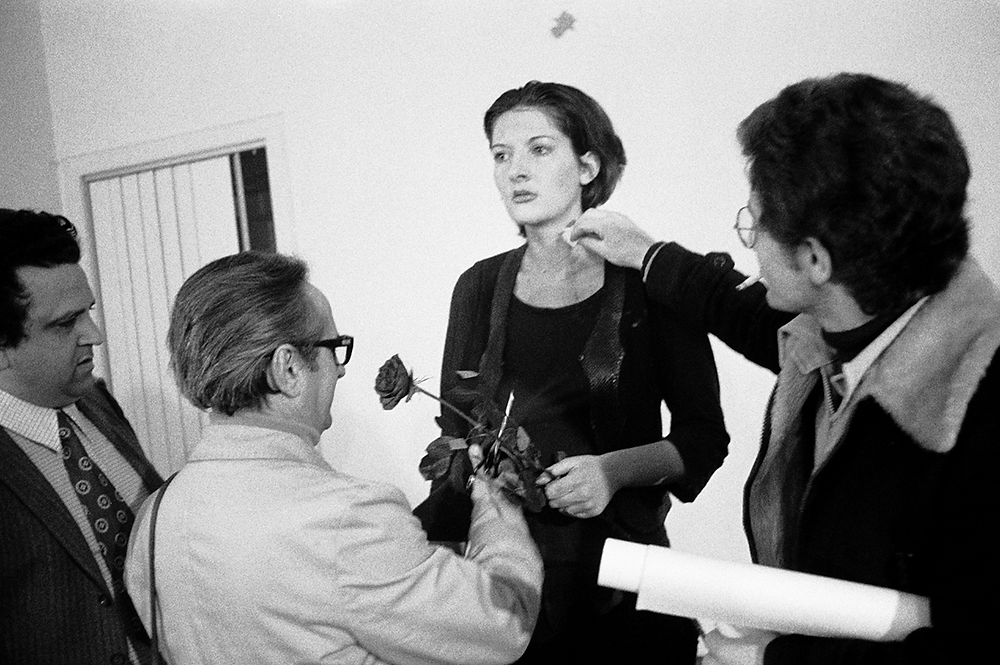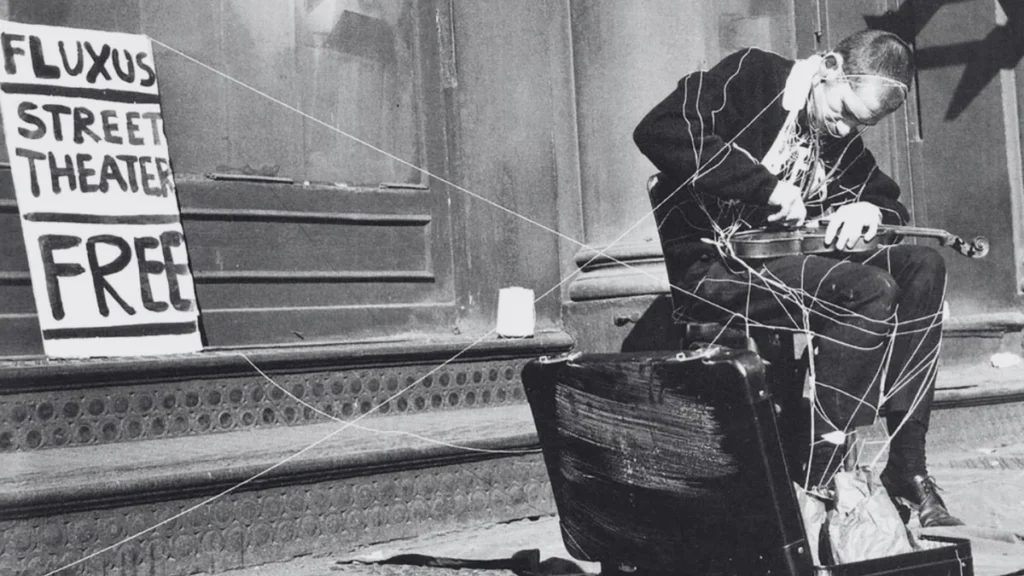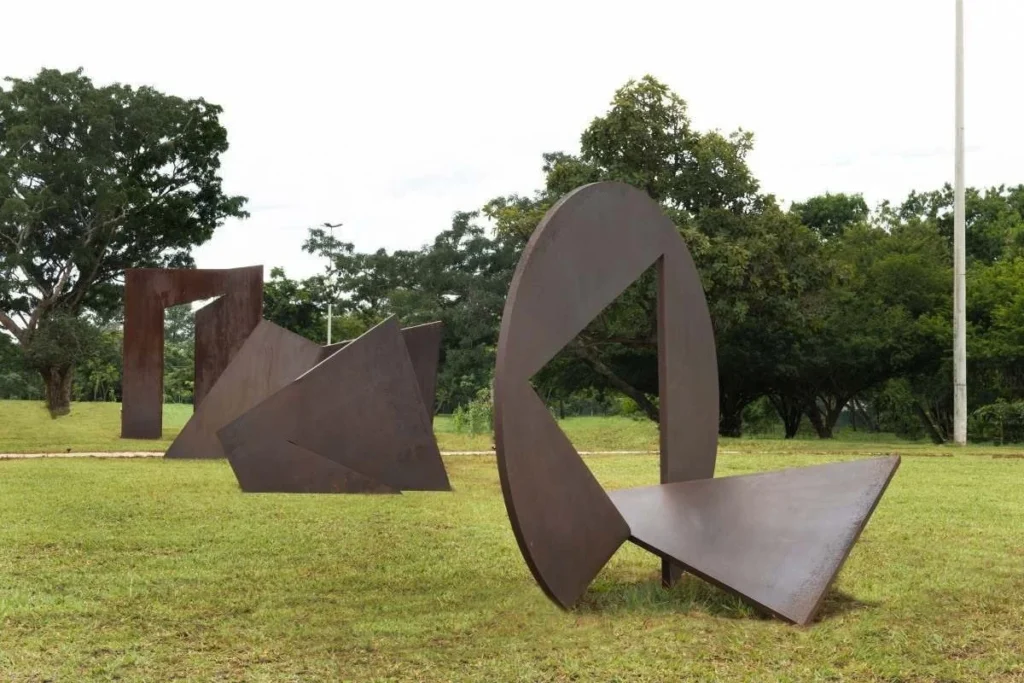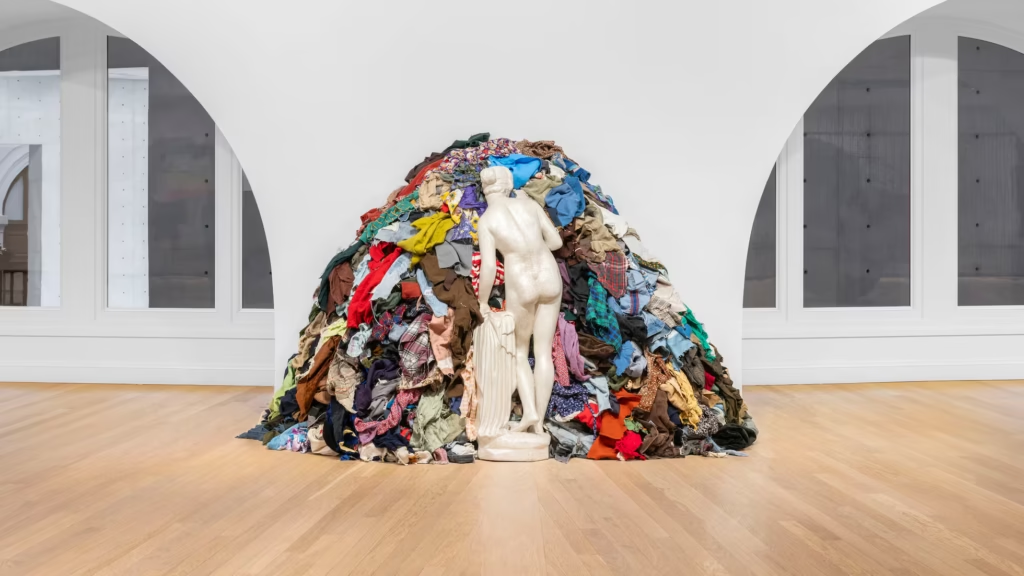Cyberart: When the Digital Becomes the Brush
Cyberart is one of the most emblematic manifestations of the convergence between art and technology. More than using digital tools as support, it transforms codes, algorithms, and networks into creative language. The artist sets aside the physical brush, but not sensitivity; the gesture is now built with data, pixels, and software that turn ideas into […]


